DEUTSCH AMERIKANISCHE FREUNDSCHAFT, also more commonly referred to as DAF, undoubtedly all but invented electronic body music; the late veteran DJ John Peel charmingly called them the “Grandfathers of Techno”.
Featuring the nucleus of Gabi Delgado-Lopez on vocals and Robert Görl on drums and electronics, their punky ethos utilised the availability of the-then newly affordable synthesizer technology, attaching the Korg MS20 semi-modular synth driven by its corresponding 16-step SQ10 analog sequencer to heavy Teutonic rhythms.
DAF’s music was a confrontational statement against the very strong American influence in popular culture that had seeped into post-war Germany. But following the cult success of their acclaimed Virgin album trilogy of ‘Alles Ist Gut’, ‘Gold Und Liebe’ and ‘Für Immer’ produced by Conny Plank, DAF went into hiatus after falling under a haze of “sex, drugs and sequencer”.
1982’s ‘Für Immer’ with its best known song ‘Kebabträume’ had already seen DAF veer towards synthpop territory at various points, but it was still something of a surprise when the DAF drummer appeared in 1984 with an eight track album made in that vein, released on Mute Records.
Görl’s solo career had begun with a standalone single ‘Mit Dir’ in 1983. Dark, brooding and magnificent, the song was to become a favourite among the cognoscenti, eventually borrowed by a newer generation of electronic duos like SIN COS TAN, reinterpreted for Prada commercials and covered by DJ HELL with STEREO MCs. But by ‘Night Full Of Tension’, Görl had lightened up considerably and the artwork even had him looking totally relaxed, posing by a swimming pool.
Co-produced by Mike Hedges who had worked his studio magic on ASSOCIATES ‘Sulk’, the percussive backbone of the record was dominated by an Oberheim DMX, in a contrast to the live drumming that DAF followers were used to. And while sequencers were still prevalent, the patterns were now more sophisticated, thanks to the advent of digital sequencers like the Oberheim DSK which could control polyphonic synths such as the OBXa which DAF had used on ‘Für Immer’.
Singing in English apart from on the solemn Brecht-influenced cabaret art piece ‘Gewinnen Wir Die Beste Der Frauen’ reciting a 13th Century Poem by Walther Von Metze, Görl exuded a relaxed vocal style in the manner of Bryan Ferry and David Bowie that actually came over more like Yukihiro Takahashi of YELLOW MAGIC ORCHESTRA and Winston Tong of TUXEDOMOON.
And in another twist, ‘Night Full Of Tension’ featured vocal contributions from Annie Lennox; the two had met when Görl played on EURYTHMICS’ ‘Belinda’ from ‘In The Garden’ which Conny Plank had produced. Laced with ad-libs by Lennox, ‘Playtime’ was a fine accessible opener recalling NEW ORDER that showcased the sequencer and drum machine driven pop ethos of the album.
‘I Love Me’ referenced ASSOCIATES and resembled a less frantic and more electronic ‘Club Country’, a track which Mike Hedges helmed. Given the Mute connection too, elements of DEPECHE MODE’s DAF influences that had been heard on ‘Construction Time Again’ ironically also crept in… the sorcerer was grabbing back from the apprentice. Meanwhile the quirky ‘Charlie Cat’ actually saw Lennox take the entire lead vocal and unsurprisingly, it sounded like something by EURYTHMICS as around this time, David A Stewart was using similar Oberheim equipment.
The second half of ‘Night Full Of Tension’ was glorious; ‘Queen King’ played with androgyny and sexuality over hypnotic sequences and synthetic brass stabs, while on the brilliant ‘Love In Mind’, its machine groove sat comfortably next to the similarly constructed ‘Big Brother’ by Winston Tong and ‘Big Blue World’ by Paul Haig as fine examples of the sophisticated electronic pop that was emerging during this period.
But the album’s highlight was probably ‘Darling Don’t Leave Me’, a passionate but fun duet with Lennox that was also a wonderfully wiggly synthpop pleasure. Closing with ‘Wind In Hair’, this was the closest ‘Night Full Of Tension’ got to DAF, its bassline resembling ‘Der Mussolini’ although this realisation was far lighter, with the synthetic choir and string drones pushing it closer to KRAFTWERK.
DAF reconvened in 1985 for ‘1st Step To Heaven’, their only album in English, but the pair parted ways again. Since then, Görl and Delgado-Lopez have more than occasionally reunited for DAF shows, while the recent release of the ‘Das Ist DAF’ boxed set on Grönland Records has cemented the duo’s status as the “Grandfathers of Techno”.
Meanwhile, the intervening years have seen Görl pursue that very Techno direction with albums like ‘Watch The Great Copy Cat’, ‘Sexdrops’, ‘Final Metal Pralinées’ and ‘Dark Tool Symphony’. So like Winston Tong’s wonderful ’Theoretically Chinese’ excursion, ‘Night Full Of Tension’ was a one-off experiment.
But Görl’s intriguing and cool escapist journey into synthpop crossed over into an audience that may have found DAF a bit too threatening, and that was not necessarily a bad thing. ‘Night Full Of Tension’ is a very good but forgotten body of work that deserves as much recognition as DAF’s Virgin-era albums.
‘Night Full Of Tension’ is still available via Mute Records as a digital album featuring the extended version of ‘Mit Dir’ as a bonus track
http://mute.com/category/robert-gorl
https://www.groenland.com/en/artist/deutsch-amerikanische-freundschaft/
Text by Chi Ming Lai
Photos by Sabine Raef
22nd October 2017

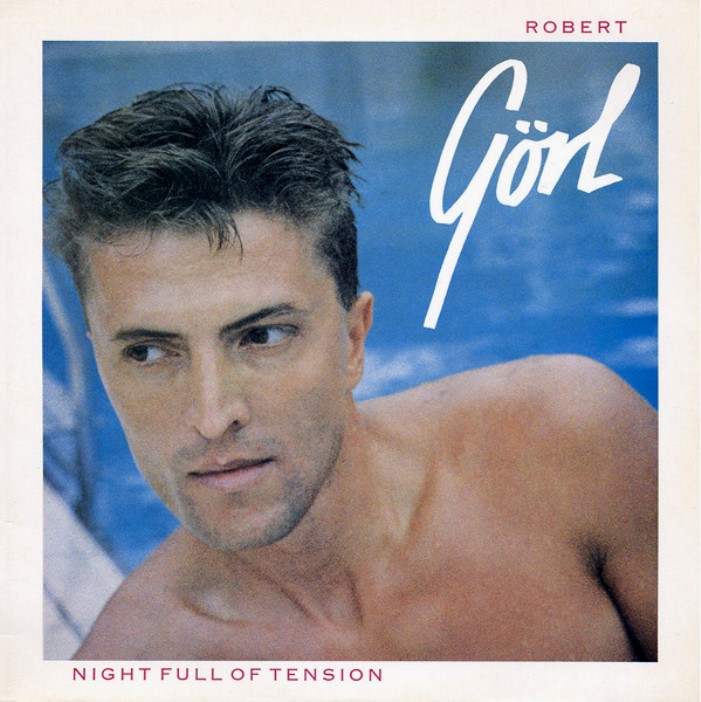



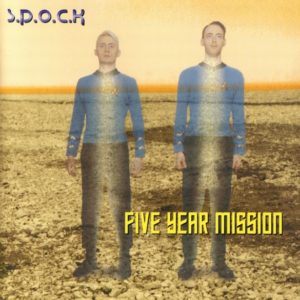
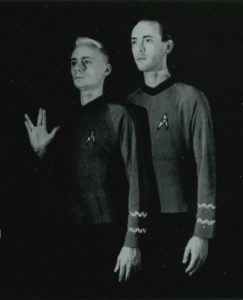
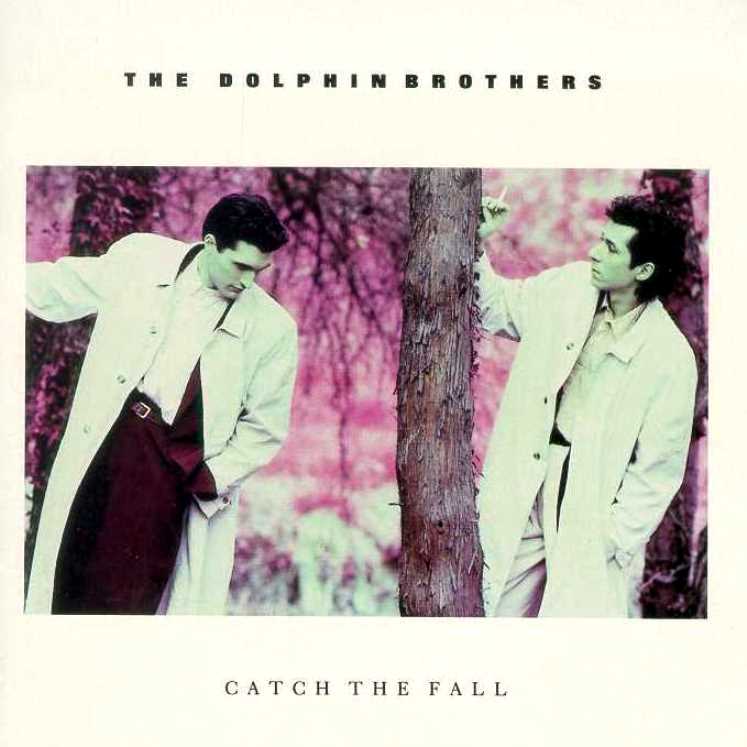
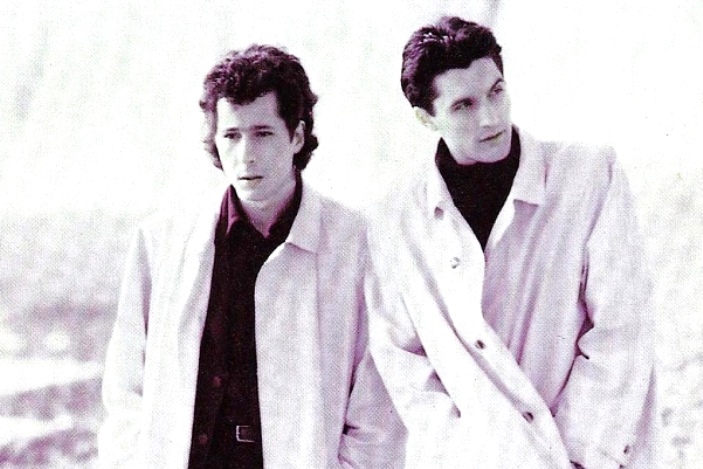
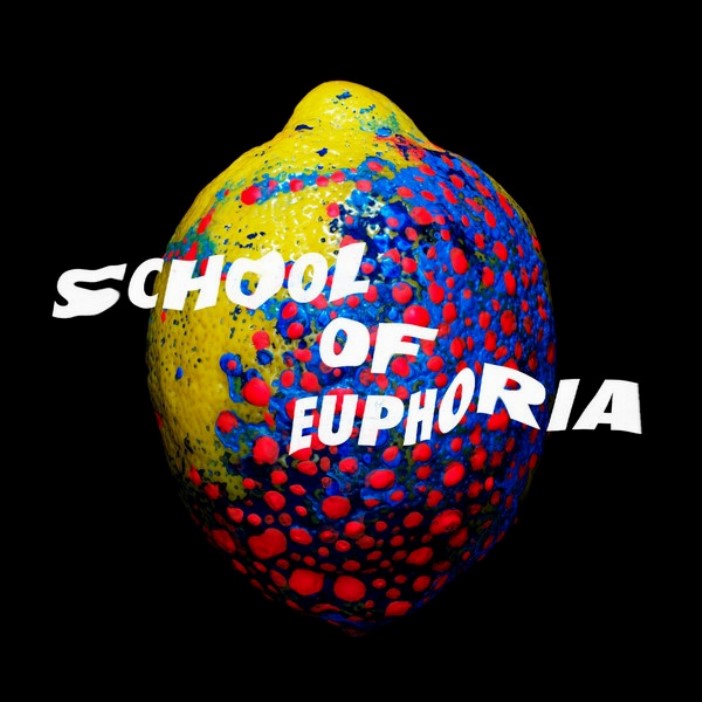
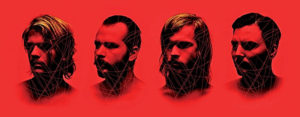
Follow Us!